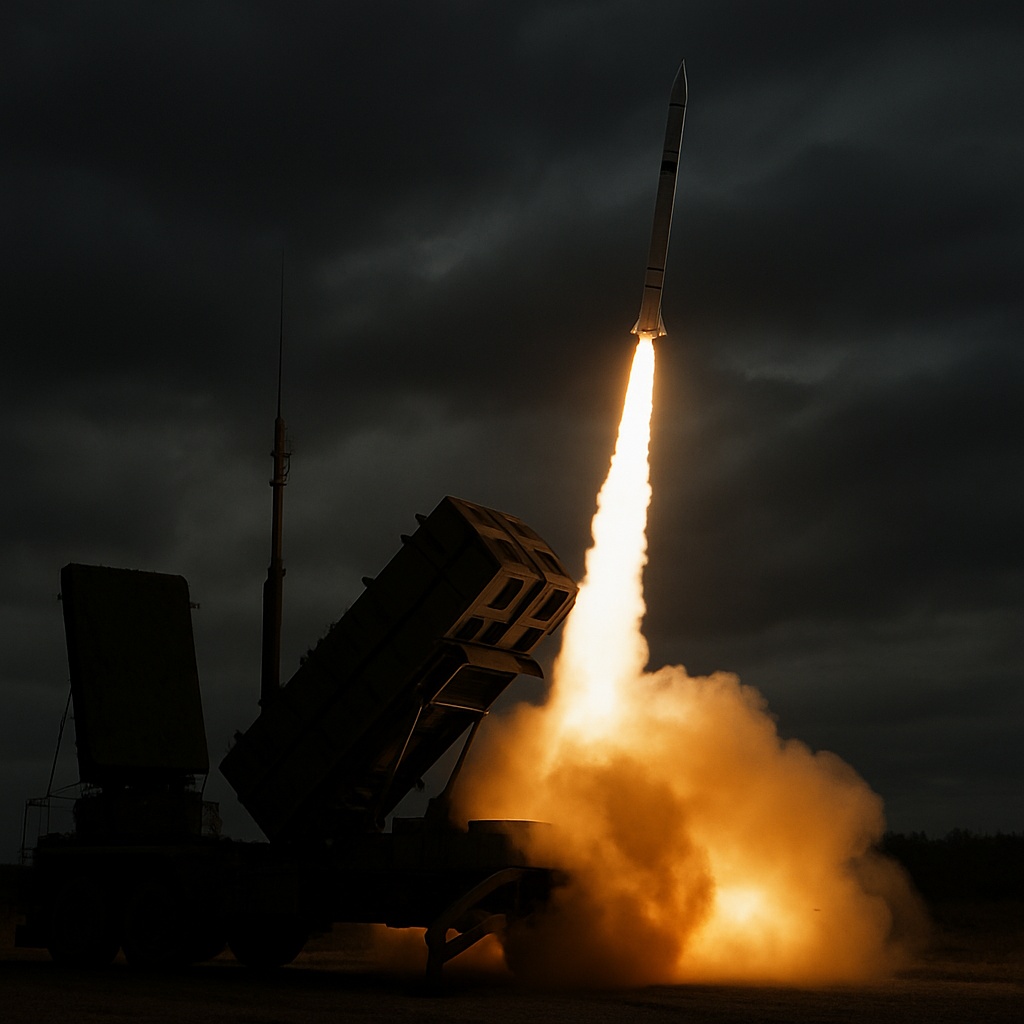When defense fails, freedom becomes a myth.
NATO Pushes for 400 Percent More Air Defense
NATO’s new Secretary General, Mark Rutte, is expected to announce a sweeping demand for a 400 percent increase in air and missile defense across the alliance. The announcement will be made on the afternoon of June 9th in London, ahead of the NATO summit in The Hague later this month.
- Massive defense push to counter airborne threats from Russia
- Rutte calls for 5 percent GDP military spending per member state
- New NATO baseline more drones, artillery, tanks, and transport
- US pressure grows as Trump demands fair cost sharing
- Kremlin response “Europeans will foot the bill for confrontation”
The increase is positioned as a direct response to the evolving nature of warfare in Ukraine. Rutte stated, “We see how Russia spreads terror from the sky. Our airspace shield must be reinforced.” But that is just part of the equation. Rutte’s prepared remarks also emphasize large scale procurement of tanks, armored vehicles, and artillery, along with critical upgrades in logistics and battlefield medical infrastructure.
The real shock comes from budget targets. NATO will propose a defense spending threshold of 5 percent of national GDP, up from the current 2 percent standard. Under this plan, 3.5 percent would go directly to military operations and gear, while 1.5 percent would support infrastructure like cyber networks, roads, and bridges with dual use potential.
Why NATO Is Recalibrating
Since 2014, NATO members have been urged to invest more in defense. But only 23 of 32 currently meet the 2 percent target. The US, which funds the largest share of NATO, is no longer willing to subsidize European shortfalls. Trump’s position is blunt. “We stand with allies, but not at our own expense.” That message has now reshaped alliance policy.
The proposed increase also reflects hard lessons from Ukraine. Air defense is no longer optional. Neither are fast transport networks, drone coordination, or ammunition stockpiles. NATO plans to enforce gradual yearly progress toward the 5 percent goal, blocking countries from delaying through bureaucracy or political stalling.
In Rutte’s words, “The threat won’t disappear when the war in Ukraine ends.” This is not just about deterrence. It is about sustained readiness across the continent, with or without US cover.
What This Shift Signals
Most people will not feel this shift directly. But if you live in Europe, the effects will reach your taxes, infrastructure, and sense of security. And for those seeking more autonomy, this is a reminder. When global systems grow more volatile, your personal stability becomes your real defense.
That is why some people relocate to regions where cost of living is lower, pressure is lighter, and systems are more flexible. Others simplify their lives, reduce exposure to noise, and build structures that hold under pressure. Not out of fear. But out of clarity.
The world is building defense. But what are you building? Your health, focus, and systems are your first shield.

